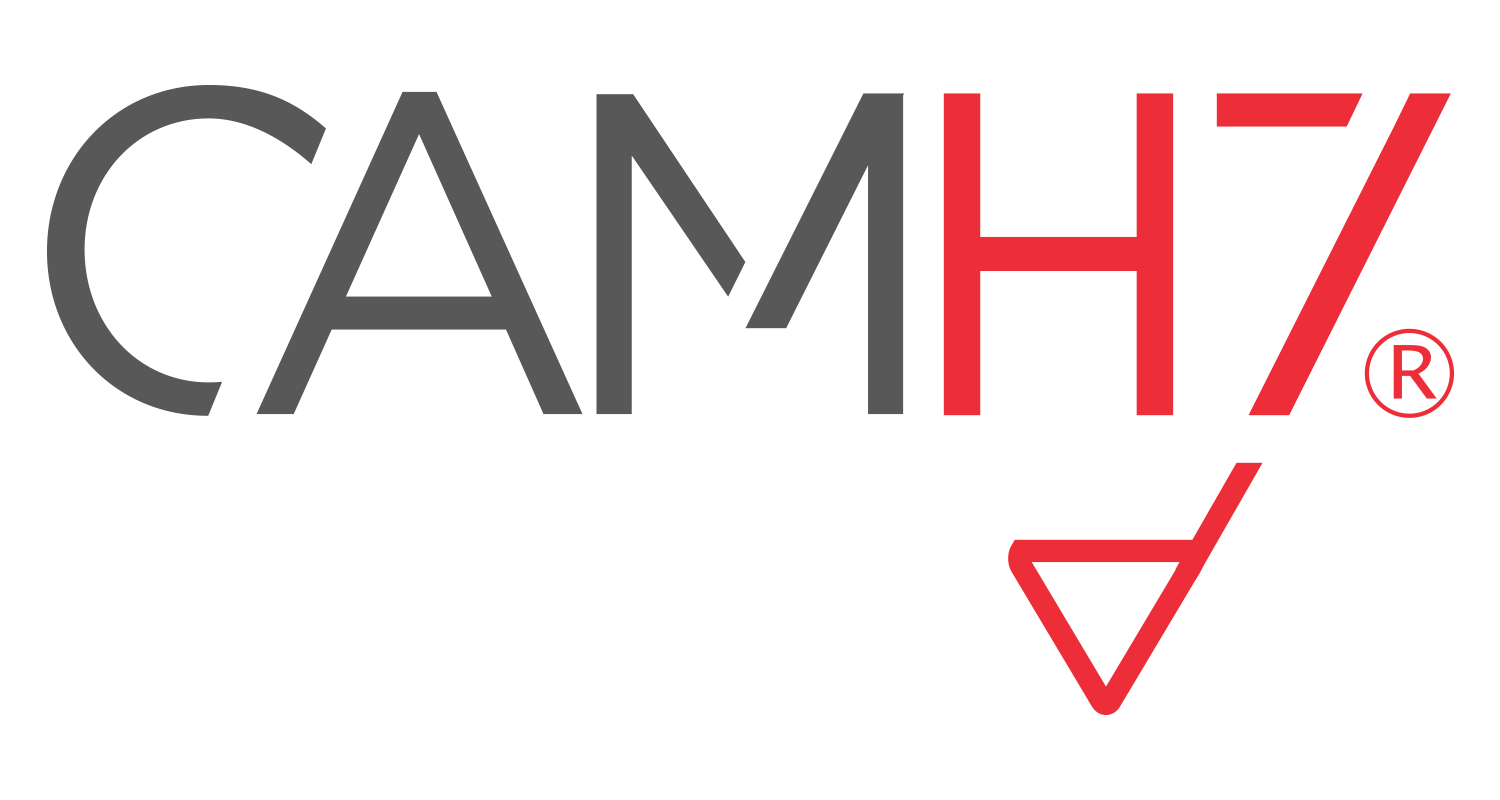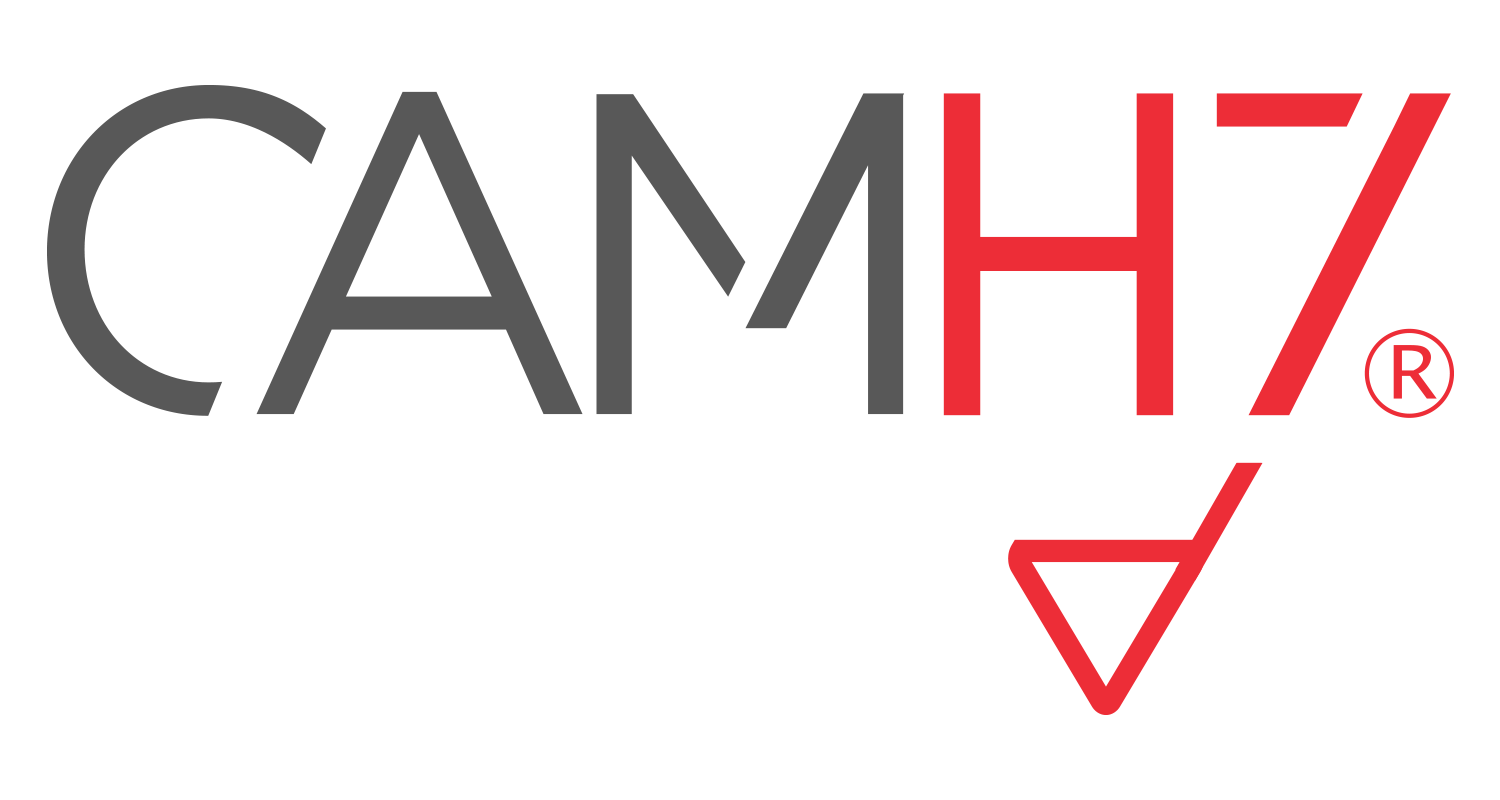What Is Costing? Definition, Objectives and Advantages
Financial and cost accounting systems can be differentiated based on their target audiences. Financial accounting is designed to help those who don’t have access to inside business information, such as shareholders, lenders, and regulators. For example, retail investors who analyze financial statements benefit from a company’s financial accounting. Cost accounting can contribute to preparing required financial statements, joint product definition and meaning an area otherwise reserved for financial accounting.
- Later the factory maintenance department costs will be assigned to products, which are also cost objects.
- For example, the use of cost data can guide the introduction of a new product line, lead to the identification of unused capacity, or highlight expansion opportunities.
- A cost object is often a product or department for which costs are accumulated or measured.
- Costing can also be defined as a systematic process for determining the unit cost of output produced or service rendered.
- The prices and information developed and studied through cost accounting will likely make it easier to gather information for financial accounting purposes.
Do you already work with a financial advisor?
A company that produces cars might have the steel involved in production as a variable cost. Modern methods of cost accounting first emerged in the manufacturing industries, though its advantages helped it spread quickly to other sectors. A cost object can also be a customer, a machine, a group of machines, a group of employees, etc. Let us understand the objectives of seeking cost object approvals through the points below. A financial professional will offer guidance based on the information provided and offer a no-obligation call to better understand your situation. Further advantages of costing are that it can assist in identifying profitable or unprofitable units and ventures.
For example, a product is the cost object for direct materials, direct labor and manufacturing overhead. The factory maintenance department is a cost object for the cost of the maintenance employees and the maintenance supplies. Later the factory maintenance department costs will be assigned to products, which are also cost objects. Managerial accountants use all of these costs and their cost objects to analyze activity based costing models and identify ways that the company can be more efficient. In the production process of any manufacturer, accountants and managers want to be trace costs back to the thing that creates them in order to streamline operations and increase efficiencies. These traceable costs or direct costs are expenses that can be traced back to a single cost object.
It reveals the inefficiencies at various levels, and it also helps to identify the exact cause of a decrease or increase in the profit or loss of a business (as a whole or unit-wise, as required). The question of what technique and process to use depends on the nature of the industry, the type of product, and the method of production. Cost accounting is helpful because it can identify where a company is spending its money, how much it earns, and where money is being wasted or lost. For the past 52 years, Harold Averkamp (CPA, MBA) hasworked as an accounting supervisor, manager, consultant, university instructor, and innovator in teaching accounting online. For the past 52 years, Harold Averkamp (CPA, MBA) has worked as an accounting supervisor, manager, consultant, university instructor, and innovator in teaching accounting online.
Examples: What Are the Examples of Cost Objects?
Accountants can look at the expenses or outlays of cash and figure out where it was spent and why. A cost object accounting is the cost allocation related to the product, services, department and to decide and justify the selling price. It is different from the cost driver as it deals with managing the cost by improving efficiency.
Essentially, any entity that consumes resources or drives costs within an organization can be designated as a cost object. A direct cost is a cost directly tied to a product’s production and typically includes direct materials, labor, and distribution costs. Inventory, raw materials, and employee wages for factory workers are all examples of direct costs. In budgeting, the cost object is very useful, as the price of products is fluctuating as per the market situations. Hence large organizations prepare the budgets so as to draw the line between profits and cost. For example, Organization engaged in event management prepares the budget for each type of event so that optimum utilization of resources can be achieved and profit can be maximized.
This is because most accounting systems are not designed to accumulate costs for specific cost objects, and so must be reconfigured to do so on a project basis. If an analysis is especially complex, the review may be at an even longer interval. It helps company management to make decisions and is tailored to the specific needs of each separate firm.
Company
Identifying and correctly assigning expenses to cost objects increases the accuracy of financial planning and the analysis of historical costs against actuals. Significantly, costing not only enables managers to ascertain costs, but it also provides a basis for how to calculate accrued interest payable ascertaining the profitability of the product being produced or any services rendered. Cost accounting is a managerial accounting process that involves recording, analyzing, and reporting a company’s costs. Cost accounting is an internal process used only by a company to identify ways to reduce spending.
Would you prefer to work with a financial professional remotely or in-person?
11 Financial is a registered investment adviser located in Lufkin, Texas. 11 Financial may only transact business in those states in which it is registered, or qualifies for an exemption or exclusion from registration requirements. 11 Financial’s website is limited to the dissemination of general information pertaining to its advisory services, together with access to additional investment-related information, publications, and links.
As such, the norm that everyone attempts to follow is “the lower the cost, the greater to profit.” Ascertainment of cost is the first and most important objective of costing. The objectives of costing are broadly divided into the following three areas.
Cost objects are one of the primary targets of reporting within a managerial accounting system. The most common cost objects are a company’s products and services, since it wants to know the cost of its output for profitability analysis and price setting. A cost object is often a product or department for which costs are accumulated or measured.
For information pertaining to the registration status of 11 Financial, please contact the state securities regulators for those states in which 11 Financial maintains a registration filing. Finance Strategists has an advertising relationship with some of the companies included on this website. We may earn a commission when you click on a link or make a purchase through the links on our site.
Examples of Costs Associated With Cost Objects
It may be necessary to have a cost object in order to derive pricing from a baseline cost, or to see if costs are reasonable, or to derive the full cost of a relationship with another entity. Our mission is to empower readers with the most factual and reliable financial information possible to help them make informed decisions for their individual needs. We follow strict ethical journalism practices, which includes presenting unbiased information and citing reliable, attributed resources.


